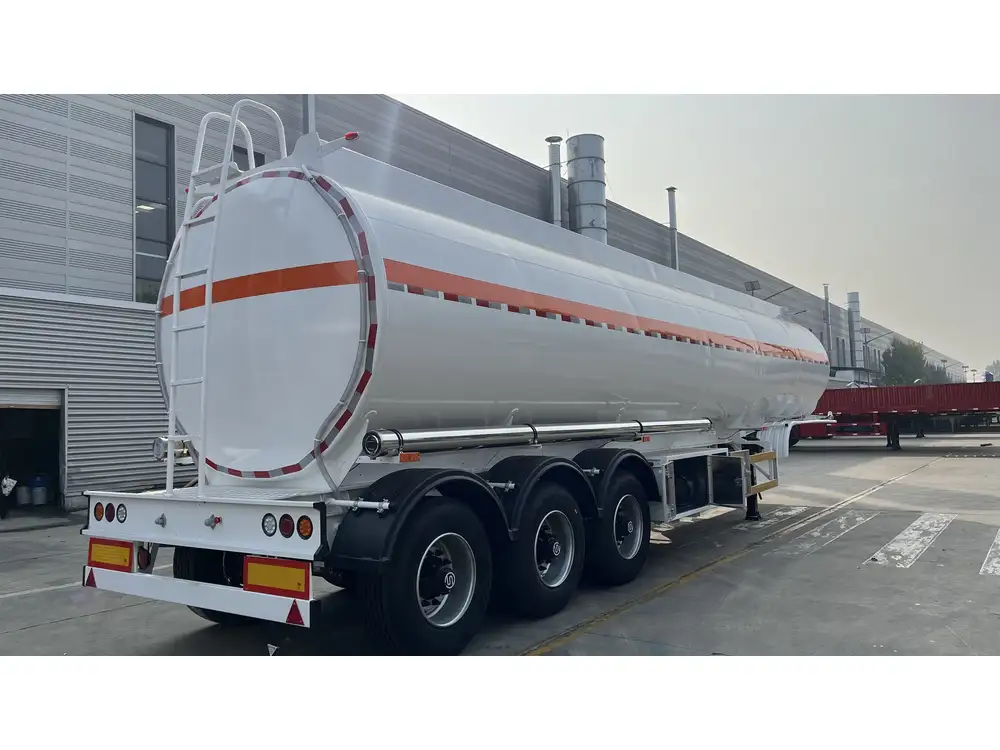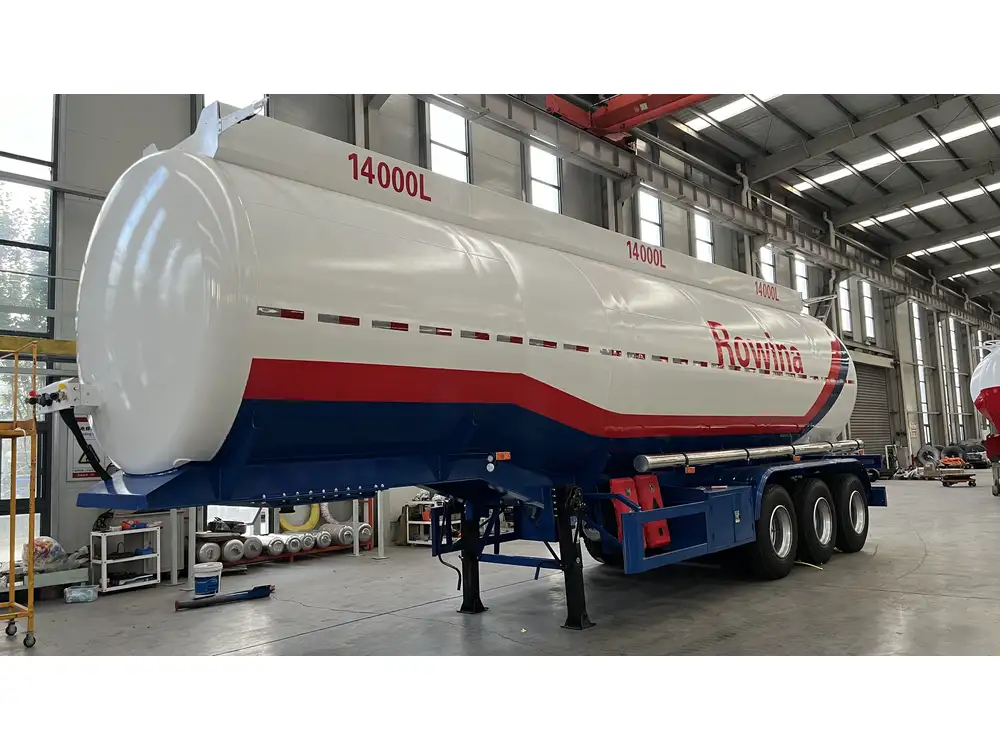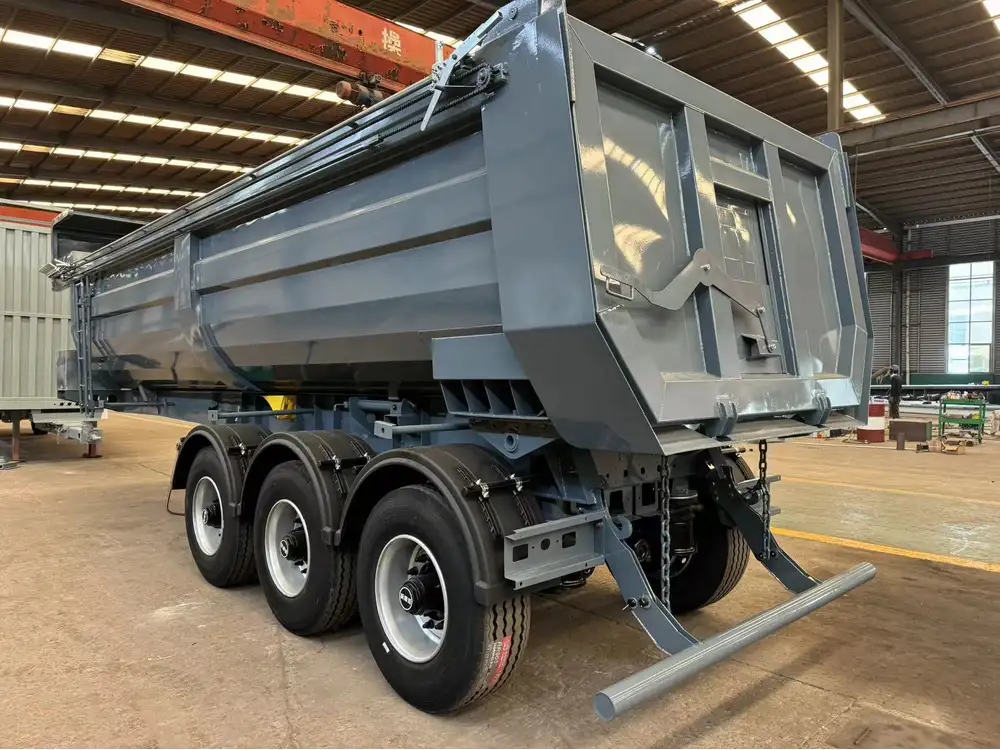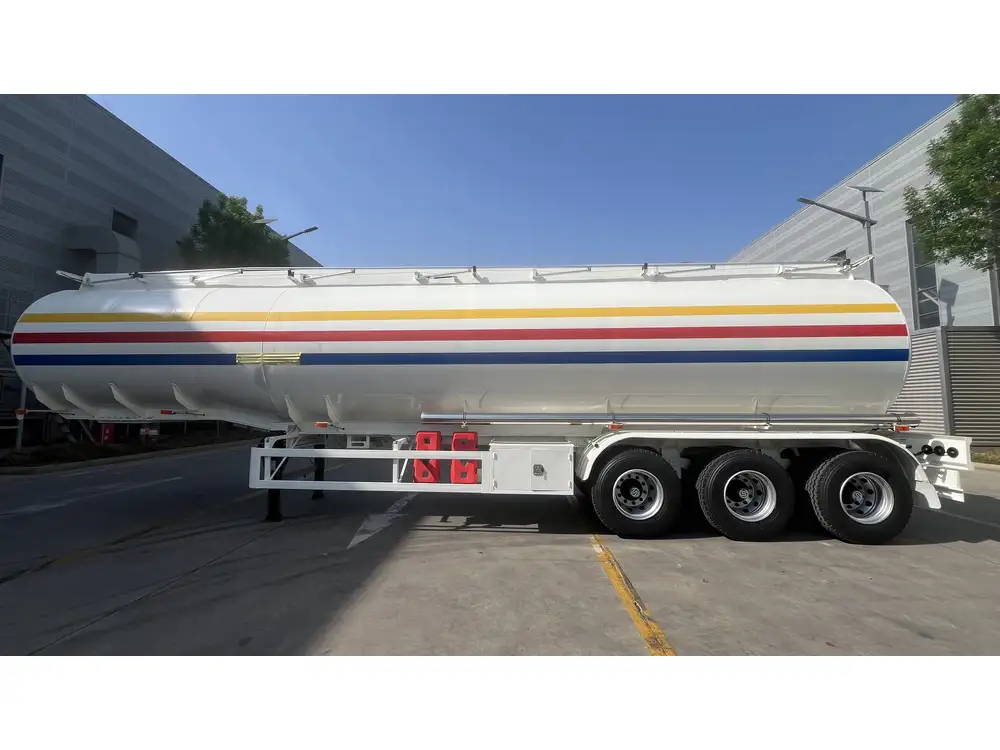When it comes to maintaining the integrity and aesthetics of your 12-foot dump trailer, sandblasting stands out as an essential process. Not only does it remove rust, old paint, and other forms of corrosion, but it also prepares the surface for a fresh coat of protective paint or coating. Understanding how much time it takes to sandblast a 12-foot dump trailer can significantly influence your maintenance scheduling and overall equipment management.
Factors Influencing Sandblasting Time
Before diving into the specifics of how long it takes to sandblast a 12-foot dump trailer, it’s imperative to assess the various factors that can affect the duration of the process. Here are the critical elements:
| Factor | Impact on Time |
|---|---|
| Surface Area | Larger surfaces require more time; a 12-foot trailer has substantial areas to treat. |
| Condition of Trailer | Heavily rusted or painted surfaces require longer blasting time. |
| Type of Material | Different trailer materials (steel vs. aluminum) may influence how quickly they can be blasted. |
| Sandblasting Equipment | The efficiency of the machinery in use can speed up or slow down the process. |
| Operator Skill Level | A skilled operator will complete the job faster than a novice. |
| Environmental Conditions | Outdoor conditions can affect equipment performance, especially humidity and temperature. |
These factors interplay in complex ways to determine the actual time you will spend sandblasting your trailer.
Estimated Sandblasting Time for a 12-Foot Dump Trailer
Generally, the time required to sandblast a 12-foot dump trailer can span anywhere from 4 to 12 hours. This variability depends largely on the factors discussed above. Let’s break down the process to provide a clearer insight into what you might expect.

Step 1: Preparation and Setup
Before the sandblasting begins, you must prep the area and the trailer. This phase typically lasts 1-2 hours and involves the following tasks:
- Removing any detachable parts: Components like tarps, lights, and side walls should be removed or protected.
- Cleaning the surface: Ensuring there are no significant debris or contaminants present.
- Setting up equipment: This includes the sandblaster itself, air compressors, and safety gear.
Step 2: Sandblasting the Trailer
Once everything is prepped, the actual sandblasting can commence. If the surface is moderately damaged or affected by rust, expect the sandblasting itself to last between 2-6 hours depending on:
- Condition of the Surface: If the trailer is extensively rusted or painted, it will take longer.
- Blast Media Used: Different grit sizes of sand or blasting media can alter the time needed significantly.
Detailed Breakdown of Sandblasting Process
| Condition | Estimated Time (hours) |
|---|---|
| Light Surface Rust | 2-3 hours |
| Moderate Rust | 3-5 hours |
| Heavy Rust/Old Paint | 5-8 hours |

Step 3: Cleanup Post-Sandblasting
After sandblasting, a cleanup is necessary to clear away sand and debris. This usually requires about 1 hour. It’s vital for ensuring that the new paint adheres properly to the trailer surface.
Total Estimated Time for Sandblasting a 12-Foot Dump Trailer
Considering all phases:
- Preparation and Setup: 1-2 hours
- Sandblasting: 2-8 hours (variable based on condition)
- Cleanup: 1 hour
This brings the total time frame to approximately 4 to 12 hours, depending on specific circumstances.
Cost Implications of Sandblasting
While time is a critical factor, cost is another important consideration. The cost of sandblasting can vary based on location, equipment used, and labor costs. On average, you can expect to pay between $50 to $100 per hour for professional sandblasting services. It’s essential to account for:
- Material Costs: The type and amount of blasting media.
- Labor and Equipment Fees: Hiring skilled professionals may increase costs but can often lead to better results.
- Disposal Fees: If your trailer is heavily corroded, disposal of hazardous materials could incur additional expenses.

Comparison: DIY Sandblasting vs. Professional Services
| Criteria | DIY Sandblasting | Professional Sandblasting |
|---|---|---|
| Initial Cost | Lower (own equipment) | Higher (labor and services) |
| Time Needed | Longer due to learning curve | Generally faster and efficient |
| Quality of Work | Variable, depends on skill | Consistent and often better quality |
| Safety Concerns | Higher; need proper precautions | Lower; professionals have training |
| Cleanup | Must handle independently | Often included in the service |
Deciding between DIY and hiring professionals depends largely on your comfort and experience with sandblasting, as well as time constraints.
FAQs About Sandblasting a 12-Foot Dump Trailer
1. What type of blasting media is best for my trailer?
Choosing the right medium depends on the surface condition. For example, fine sand is suitable for cleaning, while coarse garnet is ideal for heavy rust.

2. Can sandblasting damage my trailer?
If done improperly, sandblasting can cause surface etching. To avoid damage, ensure correct pressure settings and technique.
3. Should I paint immediately after sandblasting?
It’s best to paint your trailer soon after sandblasting to avoid rust formation. Allow surfaces to dry, and ensure they’re free of debris before application.
4. How often should I sandblast my dump trailer?
Frequency depends on usage and environmental exposure. For heavily-used trailers, consider sandblasting every 1-3 years; less-used systems may not need it as often.

Conclusion
In summary, understanding how much time it takes to sandblast a 12-foot dump trailer is crucial for effective maintenance planning. The total time can vary widely based on the trailer’s condition, the equipment used, and the operator’s skill level. Considering the preparation, execution, and cleanup phases can guide effective scheduling to ensure the longevity and functionality of your trailer. Whether opting for a DIY approach or hiring professionals, ensuring adequate planning can help streamline the process and enhance results.
Remember, investing the necessary time in proper maintenance will save costs in the long run, extending the trailer’s life span and operational efficiency.



